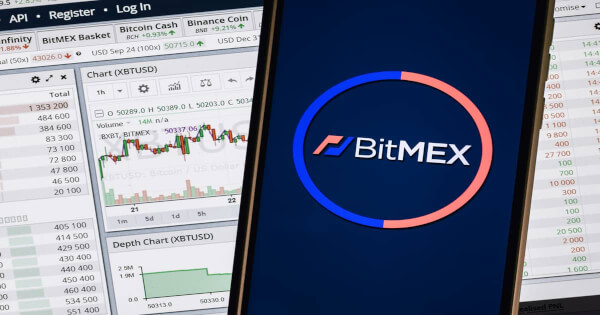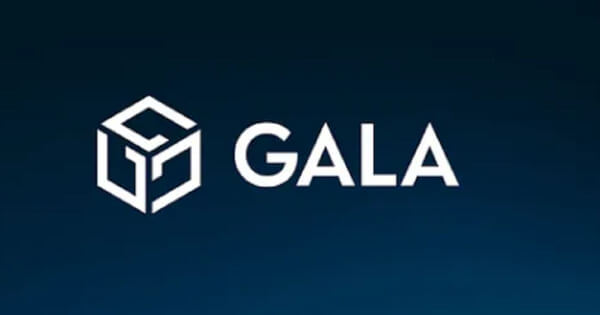Terrill Dicki
Sep 17, 2024 10:33
An analysis of developer trends in the crypto ecosystem, highlighting Ethereum’s dominance and the rise of Layer 2 solutions post-Dencun upgrade.
In a comprehensive analysis of developer trends within the cryptocurrency ecosystem, it has been revealed that Ethereum (ETH) continues to hold its position as the leading platform in terms of developer activity. However, the rise of Layer 2 solutions is creating significant shifts, particularly following the Dencun upgrade, according to CoinShares.
Summary Findings
The findings indicate several key trends:
- Ethereum remains the dominant ecosystem but has seen a slight decline in core contributors due to increased participation in Layer 2 solutions and competition from alternative Layer 1 (alt L1) platforms.
- Layer 2 ecosystems are experiencing significant growth, particularly after the Dencun upgrade, with Base leading in both developer contributions and transaction activity.
- Wallets and Exchanges have seen the largest rise in contributors.
- Pure play Derivatives platforms have seen the largest drop in contributors.
The study underscores the complexity of valuing blockchain ecosystems, noting that developer activity can serve as both a lagging and leading indicator of a platform’s potential success.
Methodology
The data for this analysis was sourced from Electric Capital’s open-source GitHub taxonomy, which is regularly updated to reflect new ecosystems and sub-ecosystems. The methodology employed includes:
- Scraping all ecosystems as per the taxonomy, with a static snapshot used for control.
- Collecting the total commits and unique developers contributing to each repository within each ecosystem.
- Including only ecosystems with at least 50 active developers in the last 30 days.
- Defining an active developer as someone who has contributed at least 10 times in the last three months.
This approach aims to provide a more accurate trend by excluding short-term contributors or ‘crypto tourists.’
Ecosystem Summary
Ethereum leads with approximately 3,500 unique developers over the last 30 days. The Cosmos Network, a ‘blockchain of blockchains,’ also ranks highly due to its numerous sub-repositories. Additionally, six Ethereum Layer 2 solutions make the top 20 list, bolstered by the Dencun upgrade.
Despite an overall upward trend in total commits, the number of contributors has been stagnant or falling since early 2023, indicating a lack of new builders entering the crypto space.
Top Risers and Decliners
Notable top risers include dYdX, Aptos, XRP, and Ledger. The rise in Exchanges and Wallets contributors is driven by competition in the Ethereum space and on Solana, as platforms vie for user capital and market share.
Top decliners include Lightning, facing competition from other Bitcoin Layer 2 solutions, and Algorand, Polygon, and Tendermint. Declining categories also include DeFi Platform and Derivatives contributors, the latter possibly due to categorization limitations.
Top 5 Market Cap Ecosystems
Ethereum and BNB Smart Chain show the largest declines in developer activity among the top 5 ecosystems by market cap. The decline in BNB activity is attributed to external factors, while Ethereum’s decline is due to competition from alt L1s and the rise of Layer 2 solutions.
Ethereum Layer 2’s
The Dencun upgrade has significantly boosted Layer 2 activity. Key metrics demonstrate this growth:
- TPS (Transactions Per Second): 45 → 340
- Daily Transactions: 3.4 million → 15.2 million
- Daily Active Addresses: 780 thousand → 1.82 million
Base has emerged as the leading Layer 2 solution, with the highest TPS and ambitious plans for further network upgrades. Backed by Coinbase, Base is expected to maintain its lead in developer contributions and transaction activity.
Conclusion
The analysis highlights the dynamic nature of developer activity across the crypto ecosystem. While Ethereum remains dominant, the growth of Layer 2 solutions and the shifts in developer focus provide valuable insights into where innovation is likely to arise. Continuous monitoring and periodic updates to the methodology will ensure the accuracy and relevance of future analyses.
Image source: Shutterstock
Credit: Source link





















